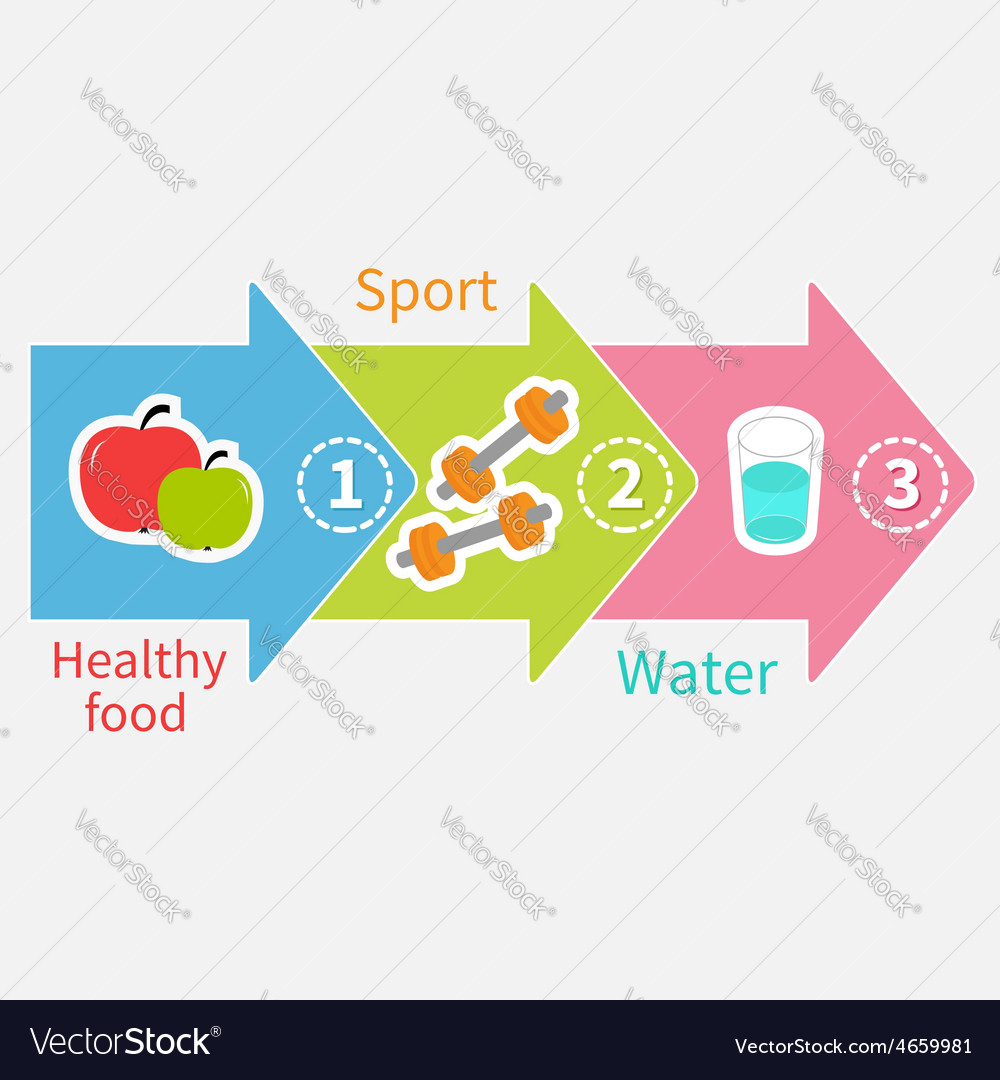The Science Behind Successful Weight Loss Programs: What You Required To Know
The Science Behind Successful Weight Loss Programs: What You Required To Know
Blog Article
Published By-Schultz Clemensen
Weight reduction is a subject that has actually garnered considerable interest over the last few years, with many programs and strategies asserting to offer the utmost remedy. However, amidst the sound and confusion, it is crucial to understand the scientific research behind effective weight loss programs.
This post aims to provide a comprehensive summary of the vital principles that underpin efficient weight loss strategies. It will explore the role of calories in weight loss, disprove usual misconceptions bordering fat burning, and stress the relevance of lasting way of living modifications.
By obtaining a much deeper understanding of the scientific foundations of weight loss, visitors will be furnished with the expertise necessary to make educated decisions regarding their own weight loss journey.
The Duty of Calories in Weight Reduction
The function of calories in fat burning can be understood via a detailed understanding of power equilibrium and the relevance of developing a calorie shortage.
When it involves weight loss, the basic principle is that in order to shed extra pounds, you have to eat fewer calories than you burn. copyright med spa near me develops a calorie deficiency, which forces the body to take advantage of its fat stores for energy.
Calories are systems of power that are found in the food we consume, and they provide the fuel needed for the body to work. By taking in less calories than your body requirements, you compel it to use saved fat as an energy resource, inevitably resulting in weight management.
Consequently, tracking and managing https://travisjrxel.jts-blog.com/32258499/the-future-of-weight-reduction-arising-medications-and-technologies is an important aspect of any kind of reliable weight reduction program.
Debunking Common Weight-loss Misconceptions
Misconceptions regarding weight loss frequently lead people to make inefficient options when it pertains to their diet and workout routines. It is essential to expose these usual fat burning misconceptions in order to give precise information and assist people make informed choices.
https://www.medicalnewstoday.com/articles/322345 are some widespread myths that need to be addressed:
- Misconception 1: Fad diet are the best means to slim down quickly.
- Myth 2: Cutting out whole food teams is essential for weight loss.
- Myth 3: Cardio is the only form of exercise that aids in weight management.
- Misconception 4: Supplements and fat heaters are the trick to dropping extra pounds.
The Importance of Lasting Way Of Life Changes
Sustainable way of living adjustments are essential for long-term weight loss success, as they require regular and regimented initiatives. While quick-fix diet regimens might provide short-lived outcomes, maintaining weight-loss requires a change in routines and behaviors that can be maintained with time.
Taking on visit here balanced and nutritious diet regimen, enhancing physical activity, and handling anxiety degrees are all essential parts of sustainable way of living adjustments. It is important to focus on making steady and realistic alterations to one's everyday routine, instead of depending on severe steps or restrictive diet plans.
Conclusion
In conclusion, successful weight-loss programs rely upon comprehending the role of calories, exposing common misconceptions, and carrying out lasting lifestyle changes.
Just as a healthy range represents the importance of calorie equilibrium, debunking misconceptions works as a magnifying glass, disclosing the truth behind fat burning.
Ultimately, sustainable way of life modifications work as a compass, leading people in the direction of lasting success and a healthier future.
By accepting these principles, people can open the key to accomplishing their weight-loss goals.
